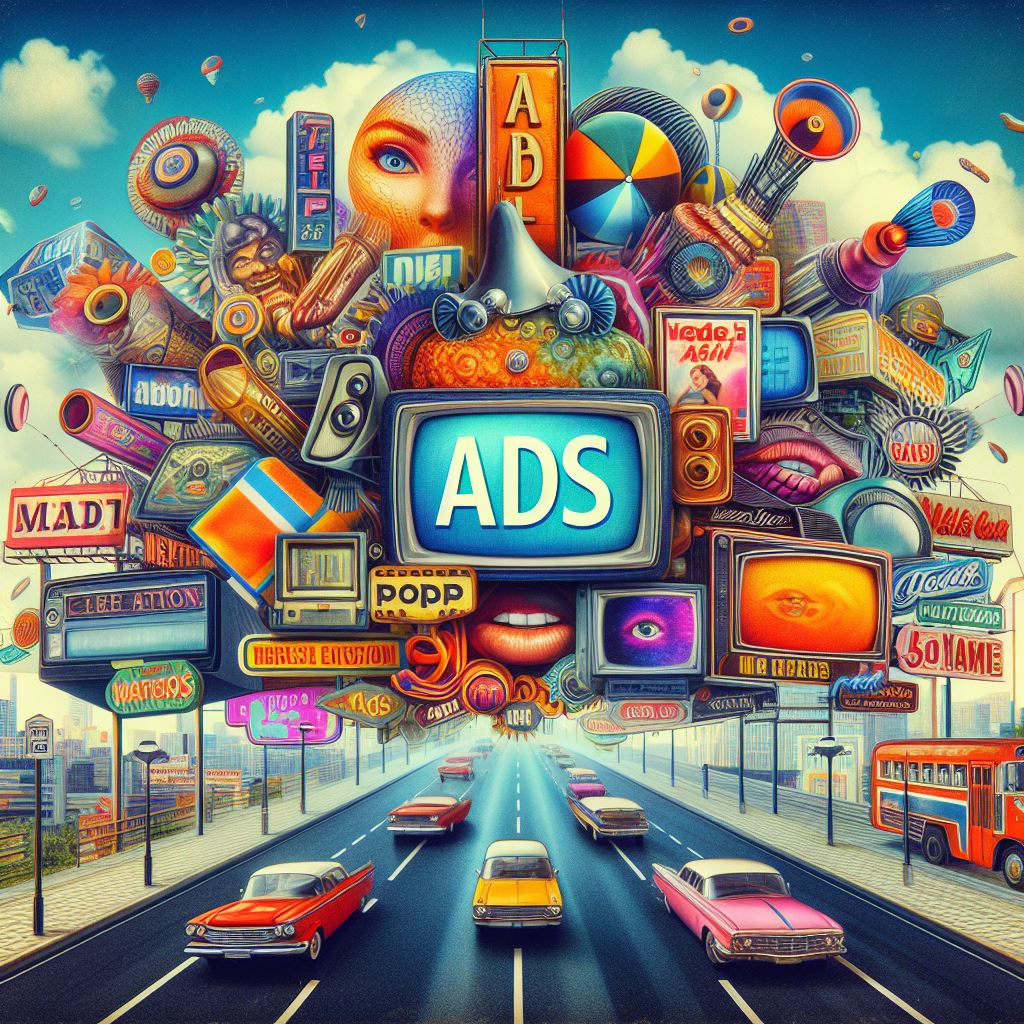Grab your magnifying glasses, tweed coats, and detective hats, because we’re about to cosplay as Sherlock and Watson as we investigate the recent Meta attribution changes. I’ll be Sherlock, of course.
Facebook is a riddle wrapped in a mystery wrapped in a question mark wrapped in an algorithm, which is my convoluted way of saying that it’s unique. It’s twisty. No one really knows what’s going on there.
To be honest, I don’t even think Facebook themselves know what’s happening with their ads (I’m looking at you, Mr. Zuckerberg.).
Okay, that might be a bit of overkill, but the point remains that the Facebook Ads landscape is so convoluted that it can be hard to keep up with.
Luckily, I’m going to walk you through some changes that Facebook has very sneakily released. You can learn more about these either by reading this blog post, or by watching this video.
Prologue (or: the history of Facebook attribution)
In the days of yore, Facebook was the loving fairy godmother of ad managers everywhere, bestowing upon us the classic 28-day attribution window. This wonderful gift allowed us to track users all the way from clicking on an ad to making a purchase – even if the purchase was four weeks later.
The fairytale was cut short when the evil beast – A.K.A. privacy issues – entered the realm, and Facebook had to shorten its attribution value to a mere seven-day attribution window. To put it frankly: this sucked. If a user took more than seven days between clicking on your ad and making a purchase, you’d have no way of knowing that the reason for this purchase was them seeing the ad in the first place due to the short length of the attribution window.
The phoenix rises from the ashes (or: Facebook brings back 28-day attribution)
Now, the 28-day attribution window is back, allowing ad managers to once again track users for a full lunar cycle.
This was done very quietly. No big announcements were made – in fact, I don’t even know if this has been rolled out for everyone yet.
Either way, the return of this feature is a resurrection of insight, especially for products that generally require a lot of thought before being purchased. It will allow you to see how many conversions you’re actually getting from your Facebook campaigns (provided you’ve taken the necessary steps like setting up your Meta Pixel).
So . . . what does this mean?
Unless you’re a newbie to the ad world, you already know that marketing data is as precious as a golden egg when it comes to tracking both your users’ and your ads’ performance. Most people regularly check in on their Facebook Ads manager, because they know how important accurate data is.
And naturally, a longer attribution ranger means you get more data about your Meta ads. It’s akin to turning on a light in a dark room. You can see which actions your users take, which ads are working (and, on the flipside, which ones aren’t). And more than that – you can use this information to then improve upon your ads.
That being said, I would still warn you against using only the Facebook attribution tool. Rather than sticking to the default attribution setting, play around to see how you can get more data.

A real-life example
Thus far, I’ve spun you a magical tale about Facebook – because let’s be honest; reading fantasy is much more preferable to reading boring facts about data. But now it’s time to bring it back into the real world with an actual example.
For those of you who are new to this here blog of mine, I run an ads agency called Snowball Creations. One of our clients made use of our Facebook Ads services, and it looked like the ads were underperforming.
When checking Facebook’s data, it seemed that there were no purchases coming from Facebook Ads, even though this wasn’t the case. Why? Because they were selling at-home gym equipment.
Purchasing something like this is a big commitment. It costs a lot of money. You may need to talk to your partner about it, or move around some money to afford it. In other words: it’s something that people take a long time to decide about.
With some further sleuthing (and the help of third-party tracking software) we discovered that, in reality, a very large portion of their sales were coming from Facebook Ads. They just weren’t showing up on Facebook, because people took more than seven days before seeing the ad and making a purchase. Therefore, the data wasn’t accurate.
If you have this update, you can test it yourself. Simply compare attribution settings and see how the data changes between the two views. You may just be surprised to learn that your Facebook Ads are performing better than you thought!
Epilogue (or: my final thoughts)
There you go! I’ve kept this post short and sweet because it’s the end of the year and I feel like most of us have already mentally checked out, but I hope it gave you some valuable information about the recent Meta changes and how they can affect your ad campaigns.
Now, I pride myself on being a salesman, so I feel obligated to do some self-promo here. If you feel like you have no idea how to manage your Facebook Ads, or you simply aren’t seeing the results you want, please get in touch with my Facebook Ads agency. It would truly make such a wonderful Christmas present.